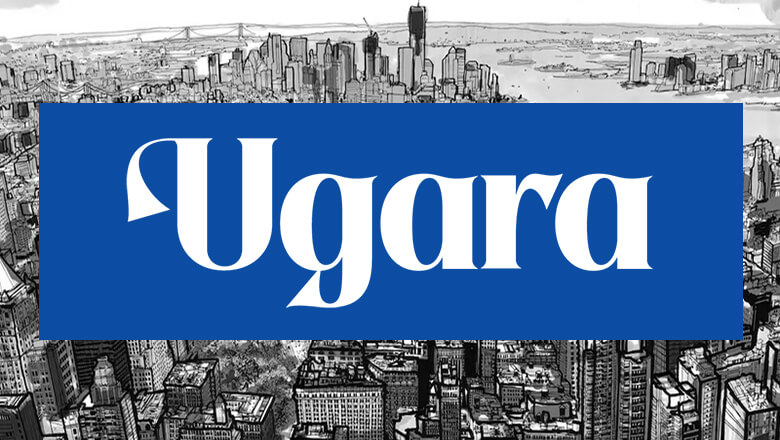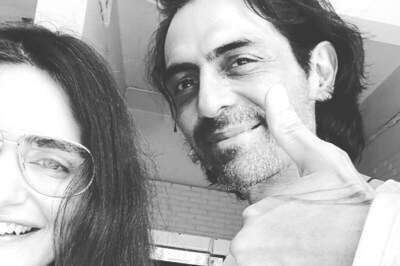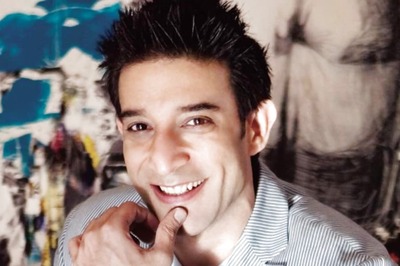
views
What does the slang “bro hug” mean?
A bro hug is a combination of handshake and hug between male friends. It’s most often used as a platonic gesture between heterosexual men to show trust and friendship to each other. While a handshake is an appropriate and common greeting between strangers or casual acquaintances, adding a quick hug symbolizes the men are closer or more familiar with each other. Due to the patriarchal culture in the United States that pressures men to conform to a “manly” ideal, many men feel uncomfortable showing physical affection to their male friends. The bro hug is a socially acceptable way for men to show affection to one another without appearing vulnerable or unmanly. Some feel the bro hug is a sign that showing affection to another man is becoming more acceptable.
How do you give a bro hug?
Move forward and shake hands with the other guy. When you see a male friend, move toward them with your right hand out. Face your palm to the side to meet with the other man’s hand in a traditional handshake. Take the other man’s hand in a firm but not crushing grip. Say something friendly like, “Hey man!” or “What’s happening?” Alternatively, as you move in for the handshake, slap your hand against his before gripping. As you grip the other man’s hand, position your thumb and fingers so the web of your hand meets the web of their hand. In a traditional handshake, you would shake hands up and down 2-3 times before releasing. A bro hug handshake might include 1-2 shakes, but do not release.
Pull your clasped hands to chest level and lean forward. The move to chest level usually requires you to pivot your handshake grip into more of an arm-wrestling grip. Turn your wrist so your palm faces your chest. Lean forward so your chests come together with your clasped hands between you. Keep your torso and pelvis away from the other man, making a rough triangle with your bodies.
Swing your left hand around his back and pat before releasing. As you lean forward in the previous step, swing your left hand wide. When your hand reaches the center-top of the other man’s back, give him 2-3 firm pats. Then, release the hug and handshake immediately and step back. Another option is to make a fist with your left hand and pound the other man’s back twice with the side of your fist. If the other man doesn’t swing his arm around for a hug, avoid an awkward situation by firmly patting his shoulder with your left hand instead of hugging. Watch their body language to know if it’s okay to hug someone. Avoid giving hugs if the other person seems uncomfortable or moves away from you instead of moving closer.
How is a bro hug different than other hugs?
It’s less intimate than a bear hug and friendlier than a side hug. While a bear hug or a side hug are also platonic ways to greet a male friend, these types of hugs signal different levels of intimacy. A bear hug is a way to greet a close friend or family member that you haven’t seen for a while. It’s meant to show strong affection in an open and obvious way. A side hug is more casual and is often a simple, friendly gesture that is shared with someone you’re close to but without the front-to-front intimacy of a bear hug. A bear hug is usually defined as a tight, full-body embrace that’s sometimes a little rough. Side hugs are usually given by putting one arm around a friend standing next to you and giving them a quick squeeze.
Bro hugs tend to be more aggressive than hugs shared with women. Most bro hugs end with some form of back pounding or patting. In general, friendly hugs shared between men and women who are in platonic relationships don’t include a back pound or firm pat. Some believe that limited physical contact between men is an attempt to show affection without giving the impression that they’re gay.
Platonic hugs from gay men tend to be gentler than a bro hug. Some gay men don’t feel comfortable sharing a hug with a straight male friend. However, many don’t feel a bro hug is acceptable, either. When greeting a platonic gay friend, many gay men offer a warm hug and a kiss on the cheek to show their love and affection.
Where did the bro hug come from?
The bro hug was started by Black soldiers during the Vietnam War. When Black soldiers served in the military in Vietnam, they developed the bro hug as a part of giving dap to create a sense of belonging. They used the dap (short for “dignity and pride”) to let each other know that they would look out for each other out in the jungle and in camp. Giving dap or dapping someone up is greeting a friend with elaborate hand gestures and body movements. Some feel the back pat or back pound that ends the bro hug originally symbolized that they had each other’s backs. When soldiers returned to the U.S., they continued to greet their friends with the dap—including a bro hug—and it caught on with the wider culture. The dap can include a fist bump, fist pound, chest bump, hand slap, finger snap, or any other gesture you like. Initially, the military banned the dap, but later in the war, they created a “dap therapy” to help Black soldiers suffering from post-traumatic stress disorder build trust with medical staff.




















Comments
0 comment